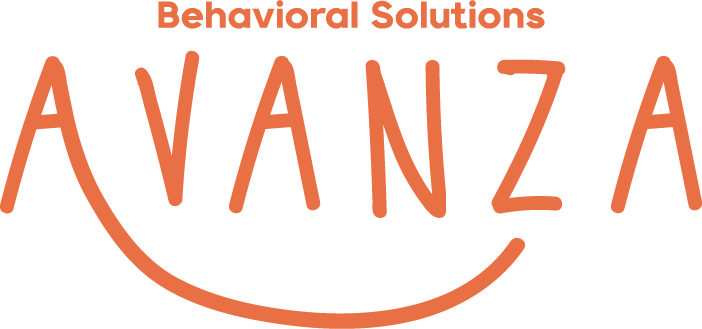Understanding Different Types of Prompts in ABA
When learning something new, we all need a little help sometimes! In Applied Behavior Analysis (ABA), we use prompts to guide learning and make new skills easier to understand. Prompts are gentle cues or supports that help individuals complete tasks successfully. Here’s a breakdown of different types of prompts and how they work:
1. Physical Prompts
Physical prompts involve gently guiding someone’s hands or body to help them complete a task. For example, if a child is learning to hold a pencil, a therapist might place their hand over the child’s to help them grasp it correctly. Other examples include guiding a child’s hand to pick up toys or assisting in handwashing movements.
2. Proximity/Positional Prompts
This type of prompt involves placing an object in a strategic position to encourage the correct response. For instance, if a child is learning to pick the right card in a matching game, the therapist might place the correct card closer to them, making it easier to choose.
3. Vocal Prompts
Vocal prompts are verbal cues that guide someone to complete a task. This could be as simple as saying, “Pick up your backpack” or giving step-by-step instructions like, “First, put on your shoes, then tie the laces.”
4. Visual Prompts
Visual prompts use pictures, symbols, or written words to support learning. For example, a child learning a morning routine might follow a visual schedule with images of brushing teeth, getting dressed, and eating breakfast.
5. Within-Stimulus Prompts
These prompts enhance an existing stimulus to make it more noticeable. A common example is a stop sign with flashing lights—this extra feature makes it more attention-grabbing, increasing the likelihood of stopping at the sign. In learning, this could mean making an important answer bold or using bright colors to highlight key information.
6. Gestural Prompts
Gestural prompts involve using body movements, such as pointing, nodding, or making eye contact to guide someone’s response. For example, if a child is learning to hang up their coat, a therapist might point to the hook as a reminder.
7. Modeling
Modeling means demonstrating the correct action so the learner can imitate it. For instance, if teaching a child how to wave goodbye, the therapist might wave first, encouraging the child to copy the movement.
Why Are Prompts Important?Prompts help build confidence and independence by providing the right amount of support at the right time. Over time, prompts are faded so the learner can perform skills on their own. By using prompts effectively, we create a positive learning experience that encourages success!


